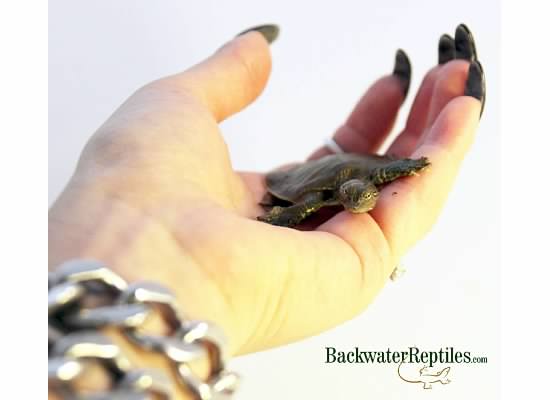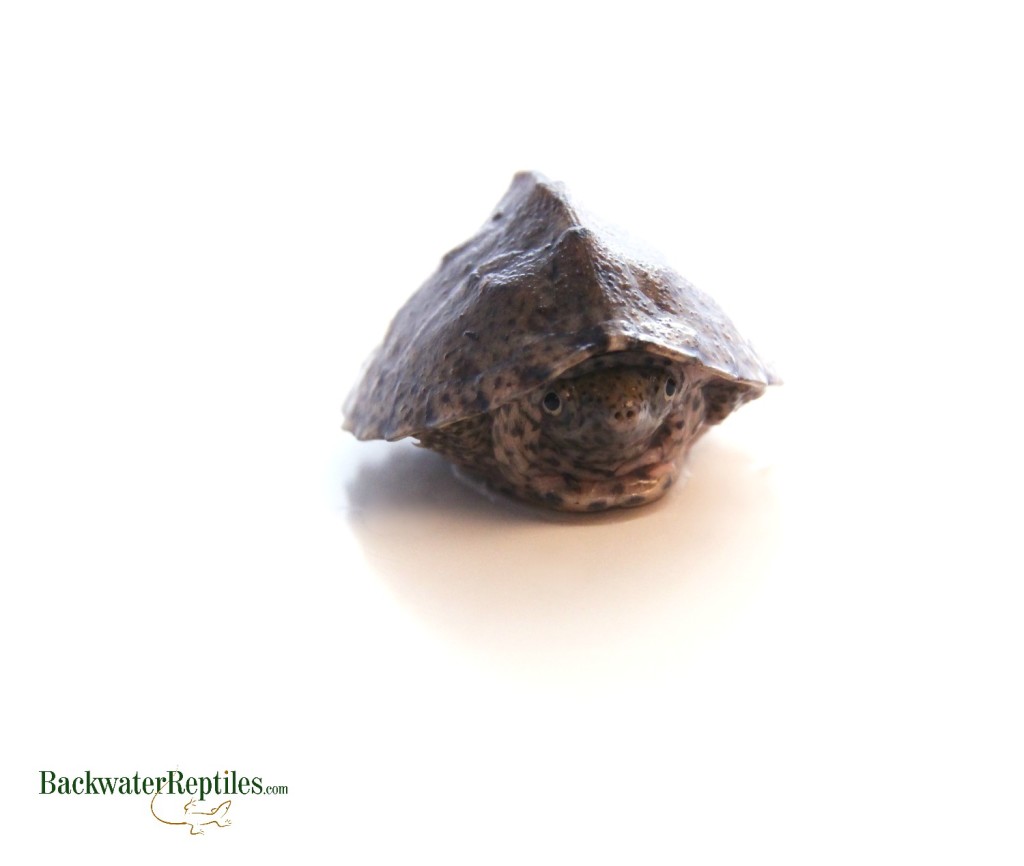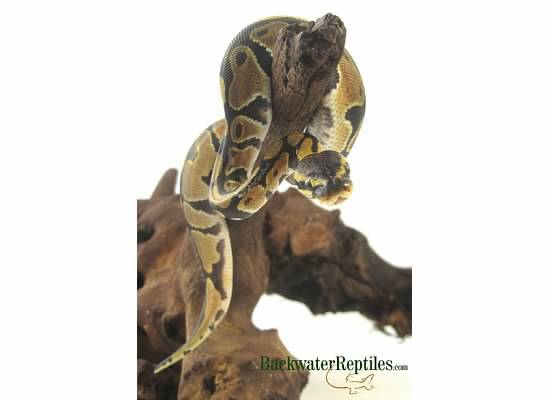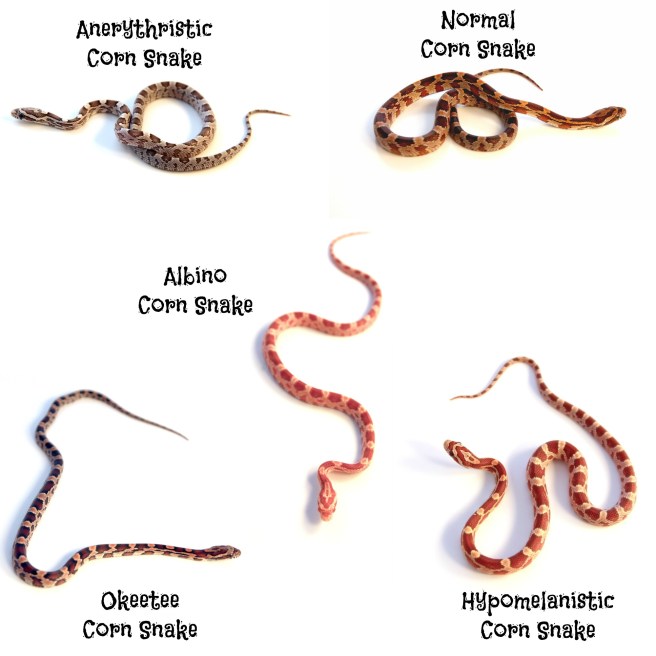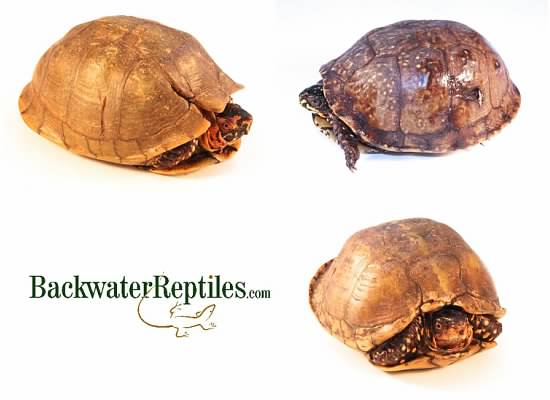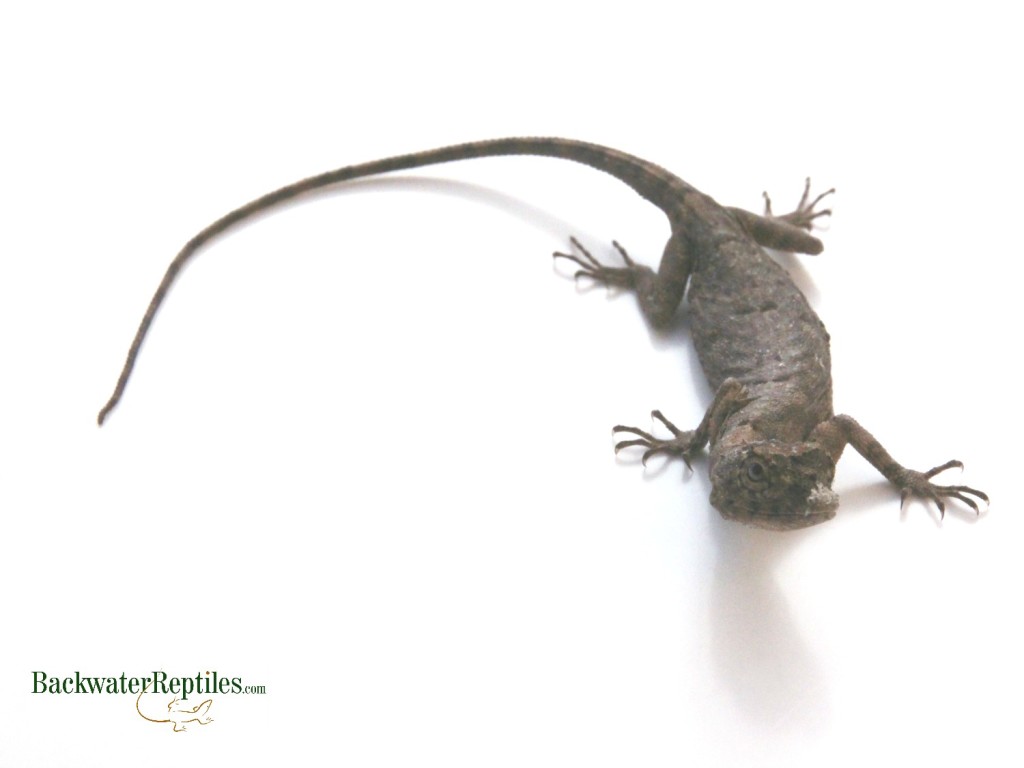Green iguanas are probably the most well-known species of pet lizard. These green giants certainly make rewarding and worthwhile pets, but because they require special care, we urge you to take a look at our care sheet before purchasing one.
Listed below are some frequently asked questions that will teach you how to care for a hatchling pet green iguana as well as a full-grown one.
What do green iguanas look like?
If you haven’t figured it out yet, green iguanas are, well, green. They also can be shades of greyish green, pastel green, and even have hints of brown and orange to their scales. They have strong, angular heads with pronounced dewlaps and sharp, dorsal spines running from their neck down their back and tail. Overall, green iguanas are very prehistoric in appearance and many people think they look like miniature dinosaurs.

How big will my green iguana get?
Hatchling green iguanas average around nine inches long, tail included. By the time it is about a year old, a healthy, properly cared for iguana can triple in size.
By maturity, green iguanas can reach up to six feet long. In general, males will be larger than females, both in terms of weight, length, and body thickness and girth. It’s not unheard of for a male to weigh twenty pounds! These are large lizards for sure.
How long will my green iguana live?
With proper care and husbandry, green iguanas are incredibly long-lived animals. If you raise your iguana from hatchling-hood, you can expect it to live to be at around fifteen years old on average, although twenty years is not uncommon.
What do green iguanas eat?
Although you certainly can feed your iguana meat and protein, we highly recommend that this be limited. Green iguanas are opportunists and will basically eat anything you give to them, but diets high in protein can and will cause renal failure in iguanas, so it’s best to feed your iguana fresh veggies and fruits from the market most of the time with only small amounts of meat/protein. A good rule of thumb is to give your iguana 80% vegetable matter, 10% fruit, and 10% protein.
The veggies that are healthiest for green iguanas are leafy and green. The Backwater Reptiles green iguanas love kale, swiss chard, spinach, and collard greens. Carrots, endive, bok choy, and grated zucchini are also good veggies.
We should mention that no matter what veggies you give your iguana, they must be chopped and prepared properly. Iguanas can’t chew, so it would make sense that hatchlings require small pieces. Adults can swallow bigger pieces, obviously, but you still want to make sure your iguana doesn’t choke. We recommend grating hard veggies and chopping leafy items.

The amount of fruit you give your green iguana should also be limited, just like the amount of protein. If you give your iguana too much fruit, it will get diarrhea, which is just no fun for either you or the iguana. Acceptable fruits to give your iguana are strawberries, figs, apple bits, and blueberries to name a few.
If preparing lizard chow from scratch is too much of a chore for you, there are also many commercially produced, pre-made lizard foods that are acceptable to feed to your iguana on a regular basis. However, we do recommend supplementing with fresh vegetables on a semi-regular basis.
What type of enclosure do I need for my green iguana?
Probably the most important thing to keep in mind when adopting a green iguana is that having a big lizard means having a big enclosure for it to live in. Because green iguanas can be six feet long when fully grown, you will need to have a space that is at least twelve feet long by six feet wide and at least six feet tall for an adult.
Babies should be kept in smaller homes. Young iguanas up to eighteen inches long will do great in a twenty gallon tank. This is a good size for them to learn that you are not a predator or threat to them and it is also the proper size to allow them room to roam and find their food and water dish locations.
We recommend having a special enclosure built for mature iguanas. If the climate is good, green iguanas can even live outdoors in caged pens. Just be sure that if you keep your iguana outdoors that the temperature does not get too hot or cold.
Because iguanas are arboreal, it’s imperative that your enclosure for both juveniles and adults contain plenty of climbing equipment. You can use fake plants/trees or construct ledges/shelves. But climbing will make your iguana feel at home, so don’t neglect to provide him/her objects to support this behavior.
Can I tame my green iguana?
The short and sweet answer to this question is YES! Green iguanas can definitely be tamed with patience and dedication. We’ve seen people who take their pet iguana on walks on a leash, people who let their iguana roam freely around the house, and even people who sit on the couch with their full-grown iguana and watch TV.
Taming your iguana really depends on how much time and effort you put forth into the relationship with your lizard. The more effort you put into training and familiarizing your iguana with you, the tamer it will become.
We recommend starting out with a hatchling that you can teach to recognize you. Then start giving the iguana a positive food/owner relationship and follow that up with lots of handling and taking the iguana out of its cage.

Pet Green Iguana care – Conclusion
While pet baby green iguanas are adorable and tempting to buy, keep in mind that they grow quickly. Your cute baby iguana will rapidly turn into a six-foot-long Godzilla lizard with space requirements. Please keep that in mind when adopting.
If you are prepared to take on a lizard with such large space requirements, a green iguana just might be for you. These are gorgeous lizards with trainable dispositions and we think that if you can handle their size, iguanas make very gratifying pets.


